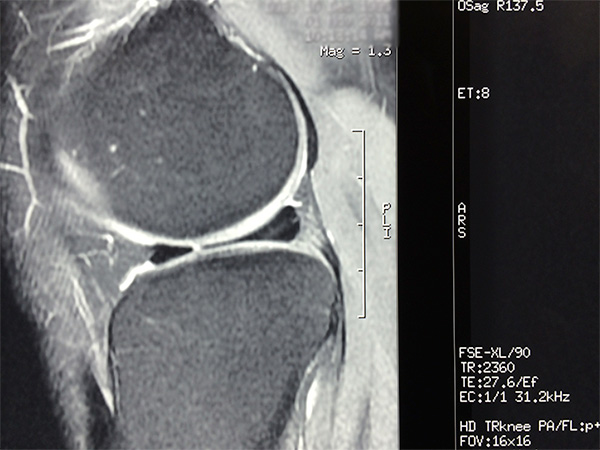

Torn Meniscus
Diagnosis and presentation
Often, there is no particular injury. People, usually between the ages of 35 and 65 say that they experience a surreptitious onset of discomfort either on one side of the knee or the other. The pain is often worse at night time and can be associated with a sense of clicking or occasionally jamming. Sometimes side lying is very uncomfortable, causing them to put a pillow between their legs at night.
In some, the pain will settle with time, but this is unusual. The usual treatment is arthroscopic surgery. Other treatment such as physiotherapy has a limited role to play.
In some patients, particularly those that have a significant injury, there may be a place for repairing the meniscus (cartridge). In others, removal of a small piece of cartilage is necessary with surgery, facilitating rapid return to your function.
Special meniscal tears and their treatment
As mentioned above, some meniscal tears require repair. There is another class of meniscal lesions where the back part of the meniscus is torn from the bone (a root tear). In this situation, a special type of meniscal repair is required, allowing repair at the root of the meniscus. Otherwise, removal of nearly the entire meniscus may be performed, far less than ideal in the knee.
Recovery, in this situation, may require use of crutches for a period of 4 to 6 weeks. Usually, crutches are not required after meniscal surgery but may be necessary for recovery after meniscal surgery.
